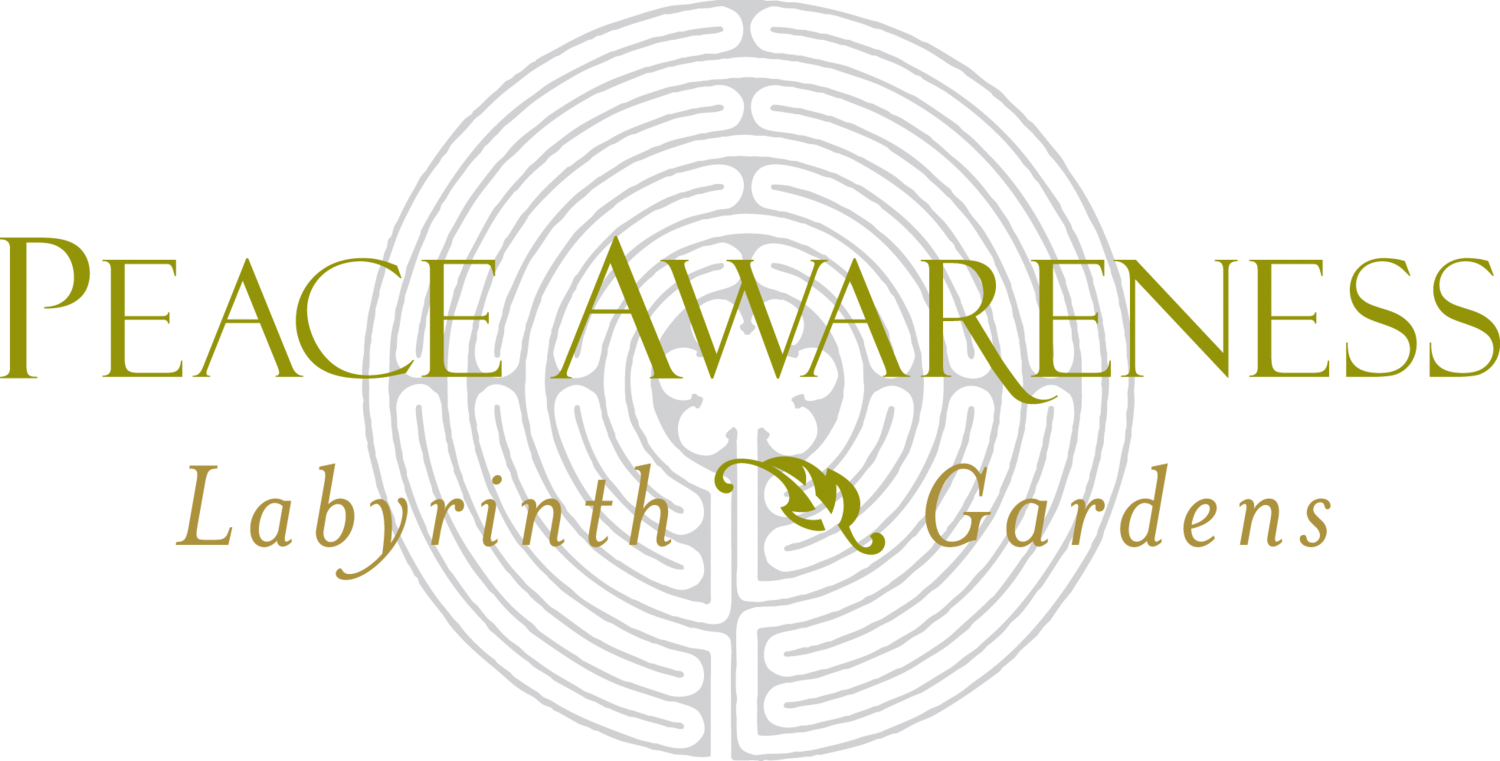How Do I Walk A Labyrinth? What Is A Labyrinth?
Welcome To The Labyrinth - A Guide To Walking A Labyrinth
Excerpted from PAL&G's Labyrinth Guide
Q: What is a Labyrinth?
A: Labyrinths are circular geometrical patterns used for walking or tracing, as a tool to assist the consciousness. They have been in existence for thousands of years. No one knows for certain when or where they first originated. They are used by different cultures and mystical and religious traditions worldwide. Some patterns are simple and some are more complex.
A labyrinth differs from a maze in that there is only one way in and one way out. They have one continuous path that twists and turns, eventually leading to the center. There are no dead ends. There is nothing to figure out as you walk or trace a labyrinth. You simply follow the path to the center and then retrace the same path back out.
Labyrinths are made from a variety of materials. Some are stone, some have the paths marked with grass, or gravel. There are large carpets made with labyrinth designs that get rolled out in gyms or parks. There are also small wooden, metal, cloth and paper labyrinths made to trace with your finger or a tracing tool. (Click here to print and trace a Paper Labyrinth.)
Ours is an outdoor labyrinth using the same pattern design as the Chartres Cathedral labyrinth in France that was built around 1214. It is made of travertine marble that was hand-cut and hand-laid. It is a almost 40 feet across and the path you follow in and out stretches about one third of a mile.
Q: Why walk a Labyrinth?
A: Many use the labyrinth as a tool to aid the self or consciousness.
It can be used as a tool to “unwind the mind,” and to let go stress or worries and concerns.
There are hospitals, universities and churches who have installed labyrinths to assist people to come to peace or relaxation.
Walking the labyrinth can release patterned behavior, thoughts, and feelings of various sorts. It can "untorque” or unwind you. As you release old patterned energy, the alignment of your body may shift or straighten into a greater spiritual alignment.
Some walk a labyrinth as a kind of moving meditation.
The labyrinth can be used as a metaphor for how you live your life. What can you learn about yourself as you walk it?
It can be looked on as a symbolic "hero's journey," or a journey to a place of peace inside. The center can represent to your consciousness perhaps your heart, your Self, or your true beingness.
(Originally the labyrinth at Chartres was referred to as "The Road to Jerusalem," and the name Jerusalem actually means "city of peace." In some traditions, the labyrinth was used to represent finding the Holy Grail, or finding Mecca.)
Q: How do I Walk the Labyrinth?
A: You enter the labyrinth and follow the path as it winds its way toward the center. You pause in the center as you like, then turn and exit the labyrinth on the same path you came in, just going the opposite direction.
Q: How Long Does It Take?
A: Some people can be in and out in about fifteen minutes and some will take over an hour, stopping to pray, observe, etc.
Q: Do I Have To Walk It Alone Or Can Several Walk At Once?
A: It is fine to walk it alone and fine to walk with others. People walk at different paces. If you encounter someone going the opposite direction, one will simply step off the path momentarily to allow the other to pass.
Q: What Do I Focus On As I Walk The Labyrinth?
A: There are infinite focuses you may choose. There is no “right or wrong” way to walk a labyrinth.
What you focus on at the time may be determined by where you are in your life and what your questions, concerns or goals may be in the moment.
It is best to walk the labyrinth with an open heart and an open mind, asking for that which is for your highest good.
Here are some suggestions.
You might walk it as a kind of prayer.
You might walk it as a symbolic journey, as mentioned above.
You might set the intention to receive inspiration, or to receive an answer to a question, or solution to a “problem.”
You might walk the labyrinth with the intention to unwind, to let go of a worry or burden of some sort –letting it go when you reach the center.
You might use the labyrinth for learning more about yourself and life, by simply being aware of how you walk it and what you observe as you walk it.
Do you walk it fast? Or slow? Do you lose your focus or your way? Does your mind race or can you hold your mind steady and stay present? Do you wonder when you will reach center? Do you wonder if you're doing it right? If you encounter another person on your path, are you impatient? Are you the one who steps off the path to accommodate the other person? Or do you hold your direction and find that other people step off to let you go your way?
We invite you to visit and give it a try if you haven’t already.
Allow your own creativity to be present and walk the labyrinth in the way you think will work best for you.







